How some of the finest 'English' rose gardens are in the hills of Lazio and Umbria
Gardeners like plants that do well for them and, for the Italians, there is no flower more adored than the rose. They have become connoisseurs, creating some of the finest rose gardens in the world. Charles Quest-Ritson explains more, as well as taking the wonderful photographs on this page.
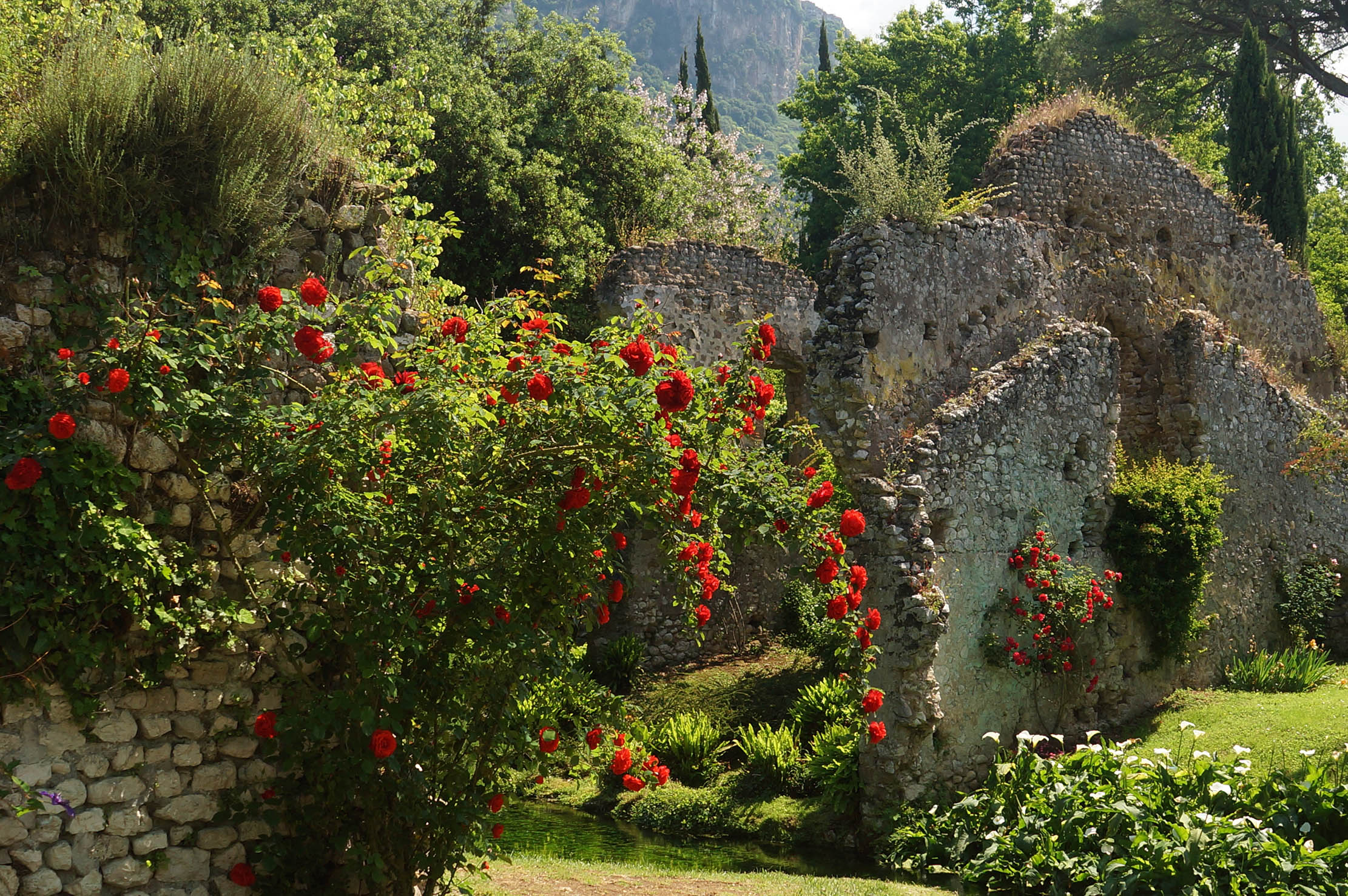
There are many reasons for visiting Italy in spring, but I put gardens near the top of the list. Anyone who travels though the country in high summer will remember only the browns and yellows of the burnt landscape — apart from the vines, olive-trees and cypresses, of course. The intensity of the colours of spring is a complete revelation. This is especially true of modern gardens made in the English style with plants chosen for their beauty of flower, form or colour.
Ornamental planting plays only a small part in classical Italian gardens. The English who settled in Italy from the middle of the 19th century onwards — there were large expat communities in Florence, Rome and Naples — were rather puzzled by the parterres and box-edged formal gardens. Why were they not filled with paeonies, irises, lilies and roses?
Visit Lazio and Umbria with Country Life — see below for details.
In response, the Victorians in Italy created their own hybrid style, which combined the traditional formality of a Renaissance structure with their own romantic attachment to floral abundance. Now it was the Italians’ turn to be puzzled: i milordi inglesi may have been making something that was bellissima, but they were not giardini veri. And so the stand off continued, well into the latter half of the 20th century.
Italians are now passionate about English-style gardens and gardening. This change of taste was triggered in the 1980s and 1990s by books and pictures of Jekyll-style borders, followed by tours of our famous gardens, such as Sissinghurst and Great Dixter, and visits to the great RHS flower shows at Chelsea and Hampton Court. English designers and nursery-men set up in Italy and flourished.
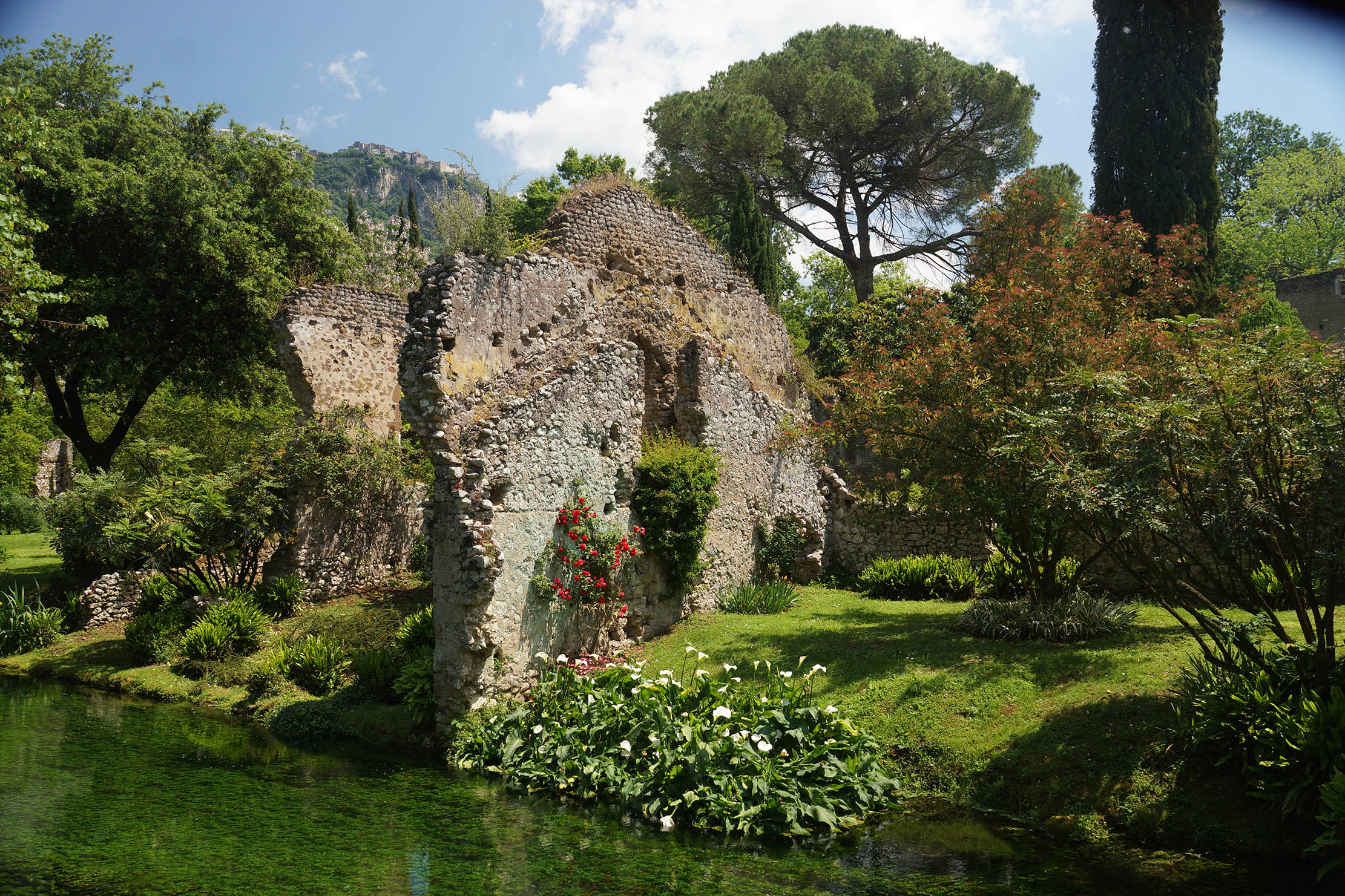
English gardens, from Isola Madre to Villa Taranto, swarmed with visitors. Italian plant shows were launched. Plant sales multiplied. People had more money to spend: plants were beautiful and the Italians, who are naturally a creative people, wanted to use them beautifully.
Most gardeners like the plants that grow well for them and Italians are no exception. There are fine collections of palms, succulents, oleanders and bougainvilleas throughout the hotter, drier parts of the peninsula. Camellias are popular in the north and many gardeners collect historic varieties of fruit; some of their old apple cultivars date back to Ancient Rome and show up our vaunted Coxes and Russets as johnny-come-latelys.
Sign up for the Country Life Newsletter
Exquisite houses, the beauty of Nature, and how to get the most from your life, straight to your inbox.
The plant that has really caught the Italian love of beauty, however, is the rose. This may come as a surprise to those of us who think of roses as our own national flower. After all, roses are the chief joy of our summer gardens and our tradition of rose-breeding has given the world many of its most-loved varieties.
Yet almost all the ancestors of our modern roses come from hotter, drier climates than ours, so they grow much better in the Mediterranean than in Britain. The wood ripens properly, so the bushes produce many more flowers, and the dry, warm weather of spring in Italy means the flowers come earlier and are less bashed around by wind and rain.
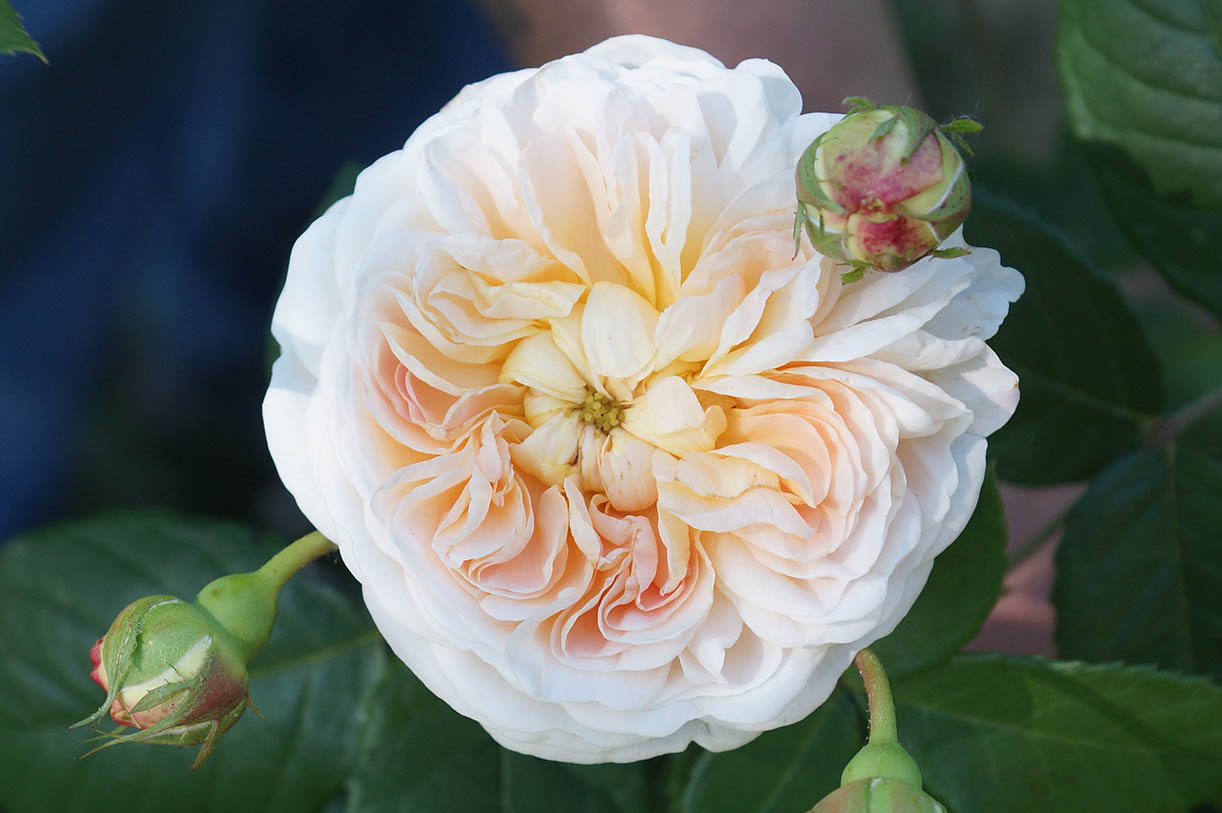
Italy now has some of the globe’s finest rose gardens. The largest private collection in the world (some 7,000 different cultivars) was made from 1960 onwards by Prof Gianfranco Fineschi, high in the Chianti hills among the vines and olive-trees of his family estate.
Better known, of course, are the gardens of Ninfa, although this paradise, laid out 100 years ago among the ruins of a deserted medieval city, is not only a collection of roses, but a truly English-style garden, where trees, shrubs, bulbs and herbaceous plants of every kind flourish among the deserted houses, roofless churches and crumbling fortifications.
The unique profusion of Ninfa’s 20 acres is made possible by the river that gushes out of the mountainside just above the garden at a rate of 1,000 litres per second. It is one of the strongest springs in Europe and its waters are channelled through rivulets to create a super-temperate microclimate.
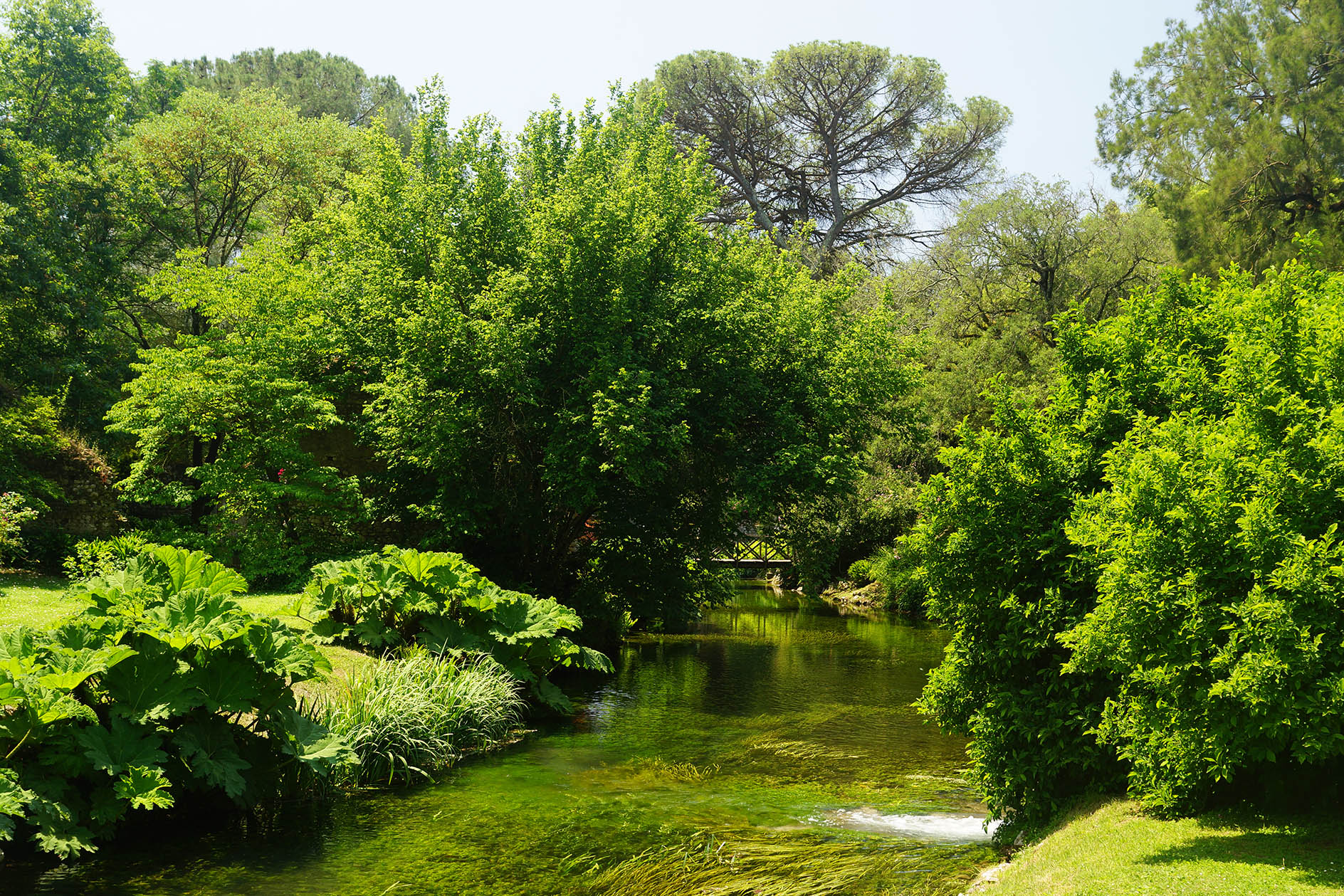
Ninfa’s garden was begun in the 1920s by Ada Bootle-Wilbraham, a niece of Lord Derby the Prime Minister, who married the Roman Prince Onorato Caetani. The Princess planted climbing Tea-scented roses and Noisettes to clothe the ruined walls of the abandoned city, many of which have grown to an immense size. They have been supplemented over the years by ramblers, climbers and shrub roses: informal groups of the multi-coloured China rose Mutabilis and the doubled-flowered form of Rosa roxburghii run through much of the garden at Ninfa and bind it together, flowering for 12 months of the year.
Ninfa is world famous — every garden-lover should see it — but the opportunities for visiting it are few. The best that most can manage is to queue up on one of the two days a month when it is open to the public and squeeze into a strictly guided tour of excited Italians. But its influence has been enormous and, perhaps more than any garden, it has opened the eyes of Italians to the excitements of gardening in the English manner in an unEnglish climate. Indeed, garden designer Arabella Lennox-Boyd once took Ninfa as the model for her prize-winning garden at the Chelsea Flower Show.
The gifted and energetic Lady Lennox-Boyd is a native Roman herself and she has made a glorious garden in the English style at her family estate, Palazzo Parisi, in the Sabine hills. Here, among the cypresses and olives trees, are avenues of shrub roses for spring and agapanthus for summer, four acres of lavender, rosemary, cistus, dianthus and irises — cultivated forms of native Mediterranean plants — as well as mulberries, quinces, vines and views across the valley that seem not to have changed for 1,000 years. The wild flowers in late April carpet the meadows and hillsides with the richest natural flora in Europe.
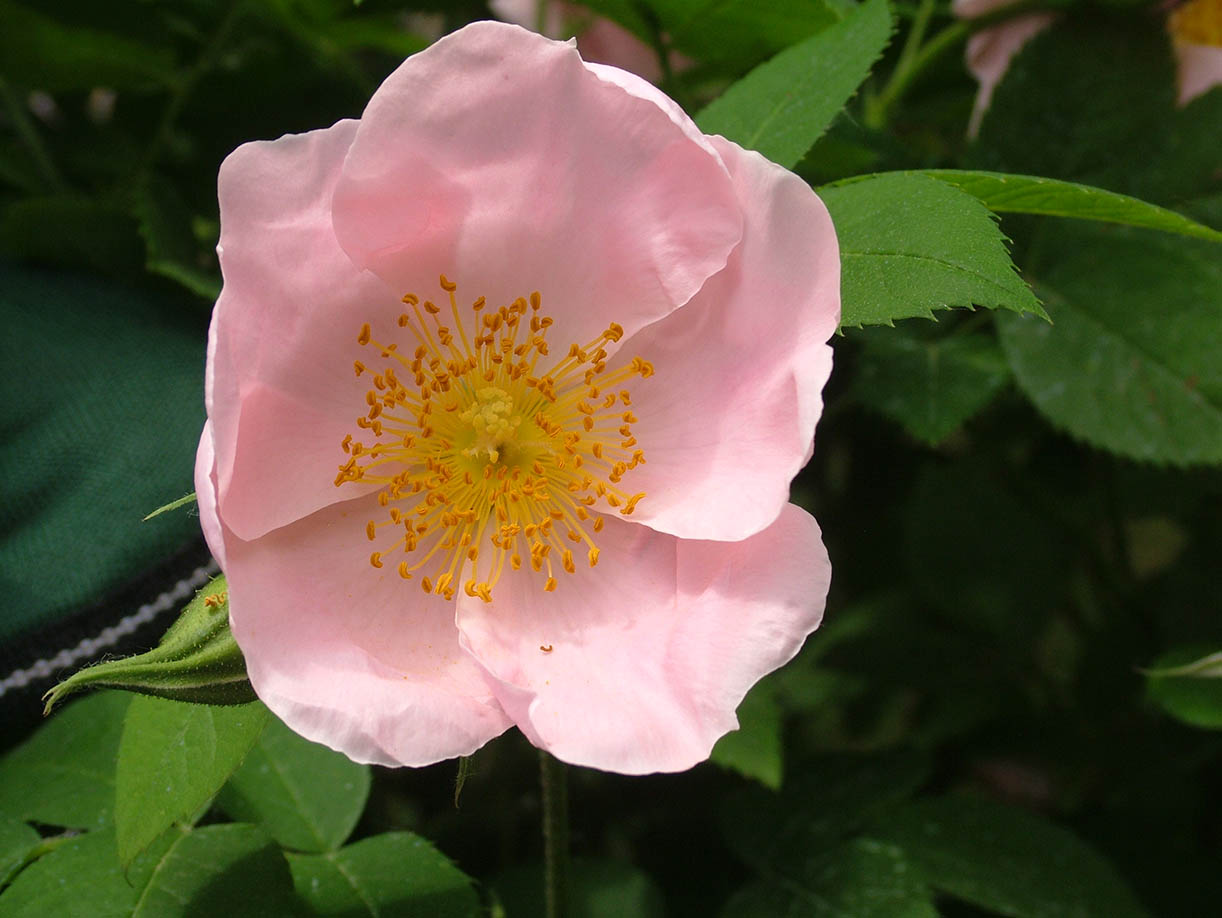
Another ultra-civilised plantsman-designer with a garden in Umbria is Tim Rees, a disciple of Rosemary Verey who went on to run courses at the Inchbald School of Design. Mr Rees has spent a lifetime studying and refining his combinations of plant shapes, colours and textures. The English-style plantings of trees, roses and fragrant shrubs in his mountain oasis near the source of the River Clitumnus are beautifully combined with the experimental sculptures, many made from objets trouvés, by his Afro-American partner Gary Jo Gardenhire. Variety and subtlety characterise the work of them both.
It is the Italian love of roses that has really taken off, however. There are rose-rustlers, who seek out old roses in abandoned gardens and try to propagate and name them. There are specialist nurseries, rose-hybridisers and collectors, who travel to Central Asia in search of ancient forms of the Damask rose, hitherto unknown to us in Europe.
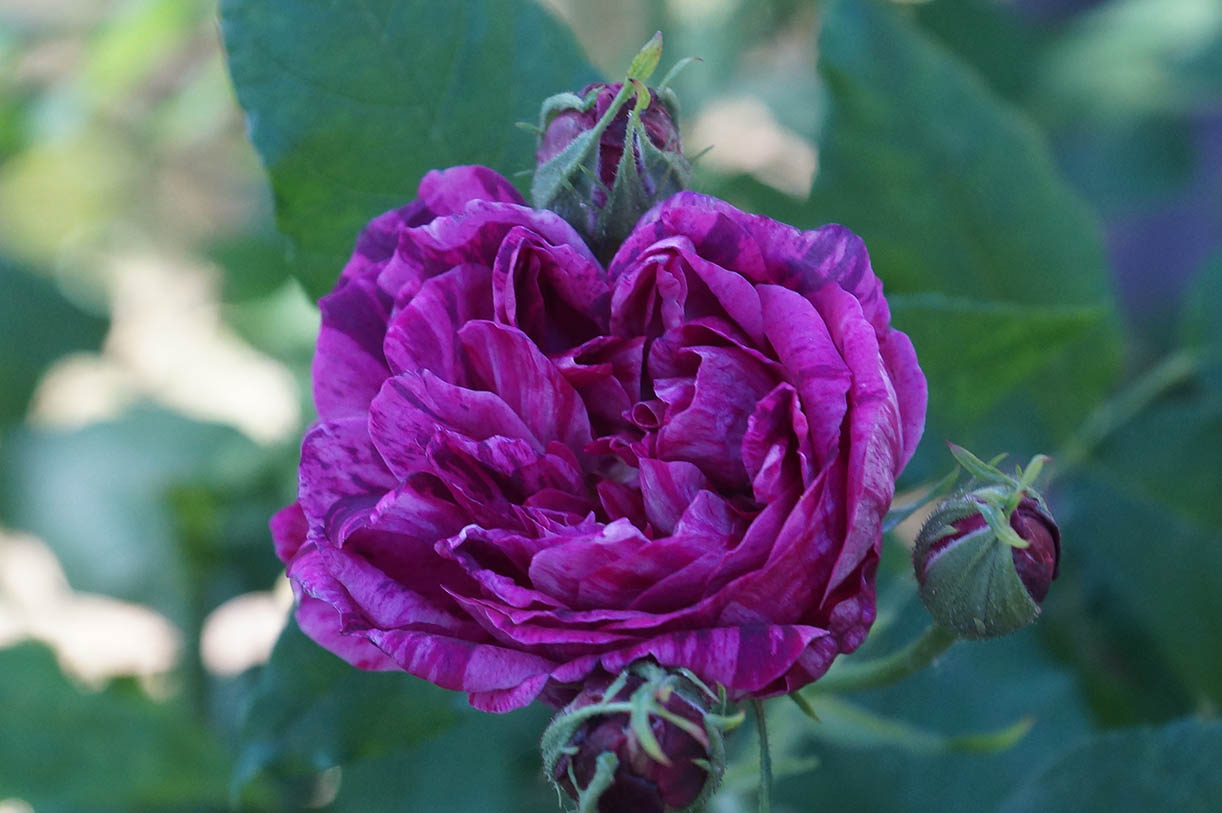
Young Emanuele Dotti is typical of these enthusiasts. His garden is north of Rome, just inside Umbria, and he is building up a huge collection of roses, ancient and modern, taking in field after field to accommodate new arrivals.
The doyenne of old-rose enthusiasts is the Roman patrician Maresa del Bufalo, who started in the 1970s — inspired by the late Fineschi — to make a collection at Valleranello, her five-acre garden just south of Rome. One thousand rose varieties are displayed in avenues, borders and clearings that she has carved out of her ornamental woodland of magnolias, flowering cherries and Judas trees. Areas are devoted to gallicas, musk roses, damasks and much more; every tree is draped with a climber or rambler. ‘The garden,’ says Signora del Bufalo, ‘has been my best and dearest friend.’
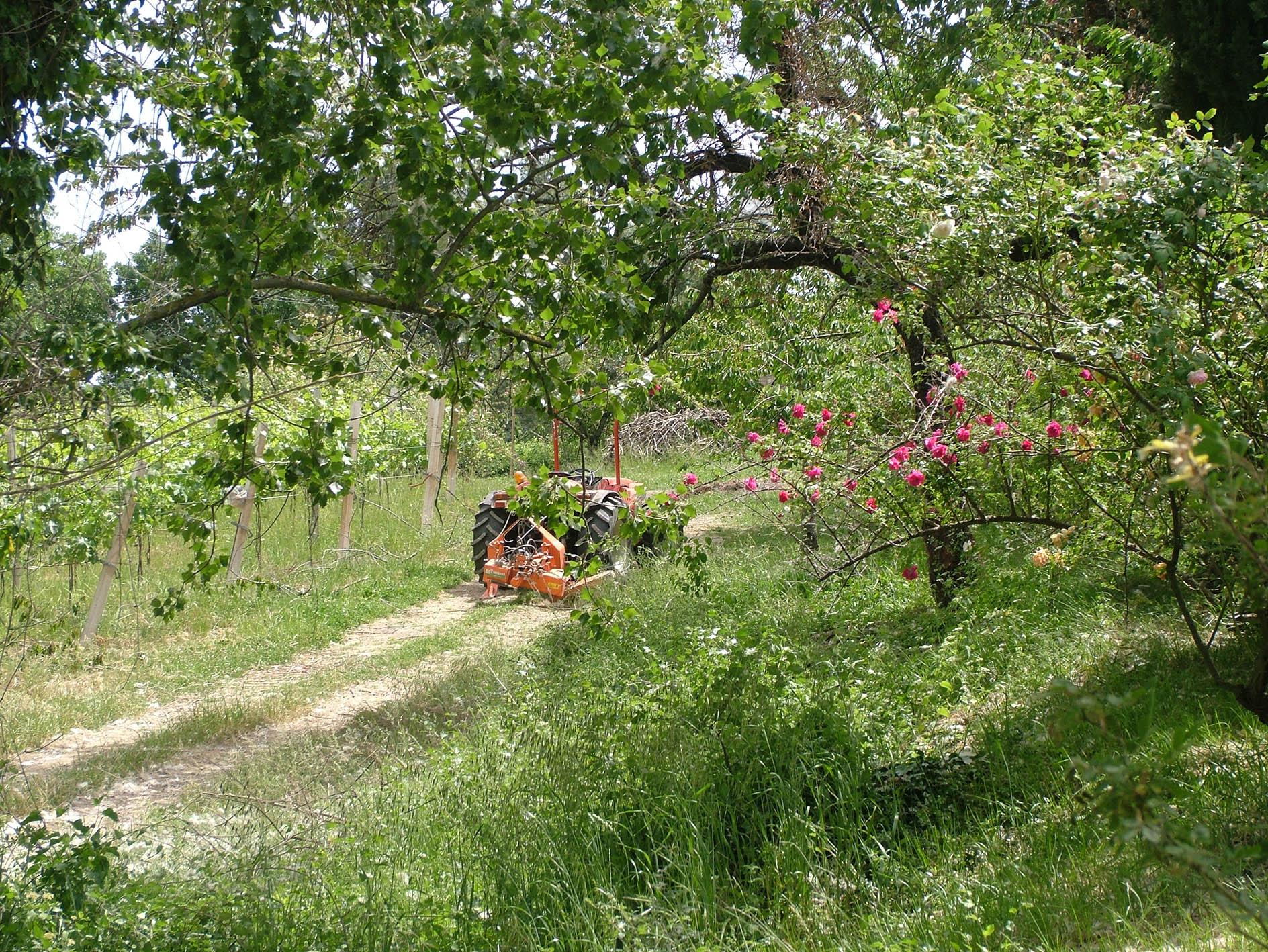
One of the advantages of a Mediterranean climate is that one can grow the exquisite Tea roses and Noisettes that are not tough enough to survive the wet and cold of an English winter. Helga Brichet, a South African married to a Belgian, has lived in Italy for 40 years and amassed a near-complete collection of these exquisite rarities, which she drapes all over the olive trees on her Umbrian estate.
Mme Brichet’s enthusiasm and expertise led her to serve as president of the august World Federation of Rose Societies. Her garden is laid out in the English style and reaches its peak of perfection when the Hybrid Giganteas she has collected from Australia and India are in full flower towards the end of April and into the first days of May.
People sometimes say that spring comes to Italy in rather a rush. They contrast it with the long succession of different plants flowering one after another that characterises the season in England. But that’s not really true, because there is equally as lengthy a flowering season in Italy — it simply starts earlier. Which explains why the end of April is one of the best times to see roses in flower in Rome and its hinterland.
Charles Quest-Ritson is the author of ‘The English Garden Abroad’ (1992), ‘The RHS Encyclopedia of Roses’ (2003) and ‘Ninfa: the Most Romantic Garden in the World’ (2009).
Visit Lazio and Umbria with Country Life
Join Country Life on a tour of the Gardens of Lazio and Umbria, Italy, from April 26 to 30, 2021. The price of £3,995 includes return flights from London, all garden entries, most meals, two nights at the Hotel de Russie in Rome and two nights at Hotel Sina Brufani Palace in Perugia and Country Life contributors Charles Quest-Ritson and Kirsty Fergusson will host and lead.
Highlights include some of the area’s most famous rose gardens, including Ninfa, a private garden owned by a former president of the World Federation of Rose Societies, and a special invitation to view the gardens of Palazzo Parisi, the childhood home of garden designer Arabella Lennox-Boyd. We will start the tour in Rome at the Hotel de Russie, a Rocco Forte hotel, with interiors created by Rocco’s sister, Olga Polizzi. Visits in the area include Valleranello, belonging to rosarian Maresa del Bufalo and Ninfa, the supremely romantic garden where roses scramble over the ruins of a medieval town set on a river bank.
Known as ‘the green heart of Italy’, Umbria is a region of great beauty, with medieval hill towns, mountains, lakes and verdant valleys edged by wooded slopes. It is here in Perugia that we find the Sina Hotel Brufani Palace, where guests, including the late Queen Mother, have received the warmest of welcomes. For more information and to book, please see the Boxwood Tours website at www.boxwoodtours.co.uk, call 01341 241717 or email mail@boxwoodtours.co.uk.
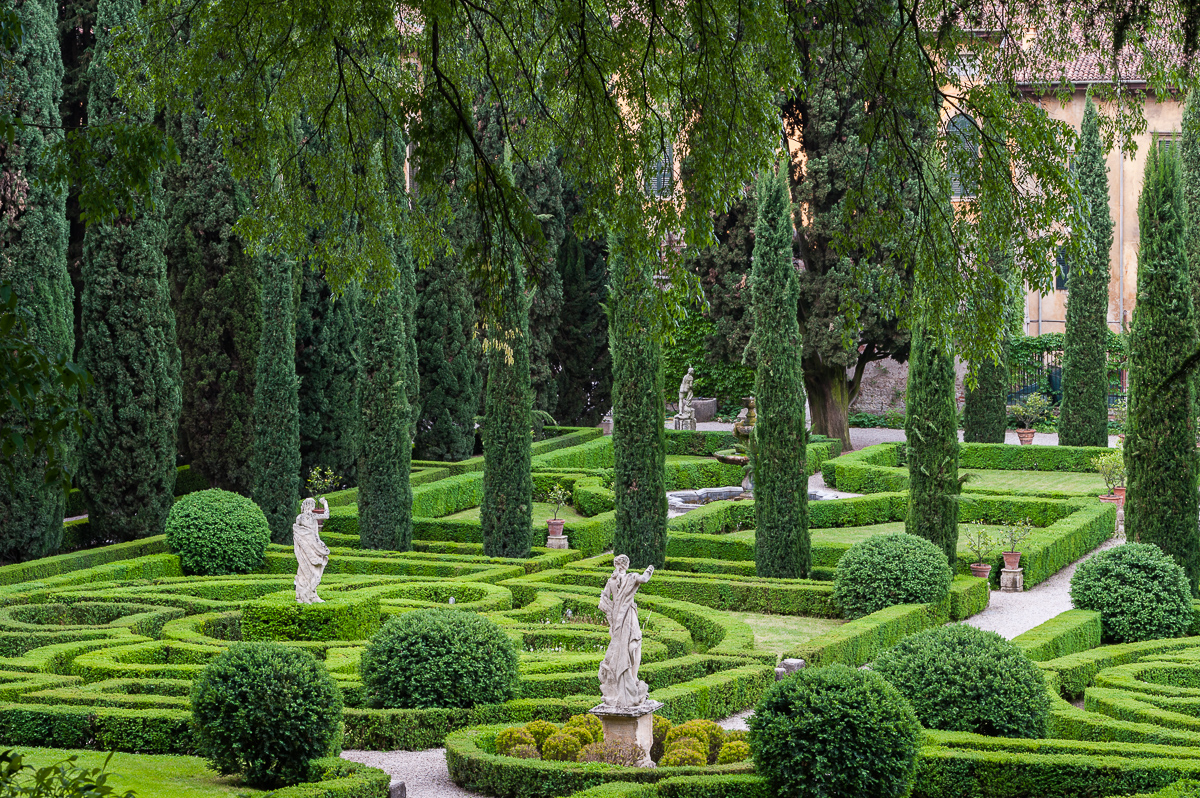
Giardino Giusti in Verona and Villa Fracanzan Piovene: The centuries-old Italian gardens that evoke the romance of Romeo and Juliet
Jenny Condie takes a look at Giardino Giusti in Verona and Villa Fracanzan Piovene near Vicenza, and hails the partnership
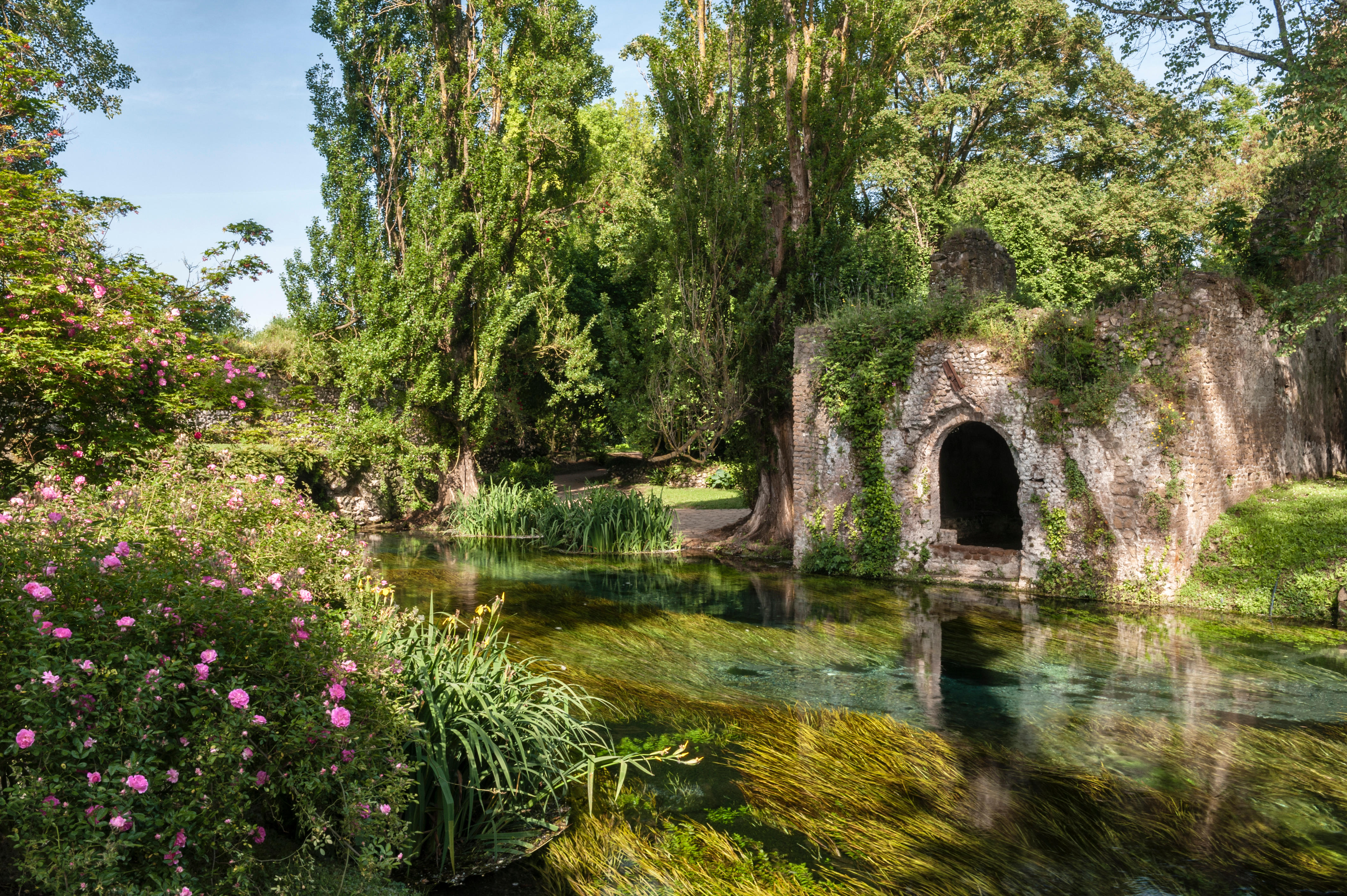
Ninfa: The extraordinary tale of an English country garden which thrives in the heart of Italy
Charles Quest-Ritson fell in love with the spectacularly romantic gardens of Ninfa decades ago, and is just as entranced now
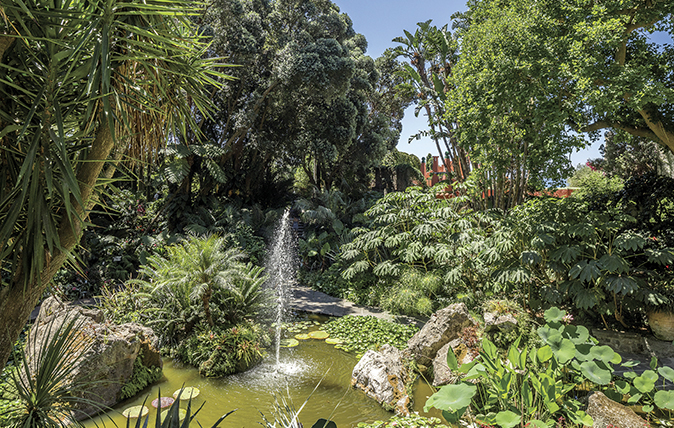
Giardini La Mortella: A lost world of near-tropical beauty tucked away on an Italian isle
Steven Desmond describes the cross-fertilisation of exuberant experimentation and cool practicality that produced La Mortella, one of the destinations of
Charles Quest-Ritson is a historian and writer about plants and gardens. His books include The English Garden: A Social History; Gardens of Europe; and Ninfa: The Most Romantic Garden in the World. He is a great enthusiast for roses — he wrote the RHS Encyclopedia of Roses jointly with his wife Brigid and spent five years writing his definitive Climbing Roses of the World (descriptions of 1,6oo varieties!). Food is another passion: he was the first Englishman to qualify as an olive oil taster in accordance with EU norms. He has lectured in five languages and in all six continents except Antarctica, where he missed his chance when his son-on-law was Governor of the Falkland Islands.
-
 Why British designers dream up the most desirable hotels
Why British designers dream up the most desirable hotelsWhen it comes to hotel design, the Brits do it best, says Giles Kime.
By Giles Kime Published
-
 The five minute guide to 'The Great Gatsby', a century on from its publication
The five minute guide to 'The Great Gatsby', a century on from its publication'The Great Gatsby' sold poorly the year it was published, but, in the following century, it went on to become a cornerstone of world literature.
By Carla Passino Published